About Fentanyl Patches 75mcg/h:
Fentanyl patches 75mcg/h/h are effective prescription pain medicines used for handling chronic and severe pain in sufferers who want non-stop opioid treatment. Those transdermal patches deliver the drug step by step through the skin over 72 hours, making them best for patients who suffer from pain that does not respond to weaker painkillers.
Order Now: Fentanyl Patches 75mcg/h – Trusted Relief for Chronic & Severe Pain, Delivered Discreetly Across the UK
Side Effects:
The most frequently reported side effects of fentanyl patches include:
- Skin Reactions: Rash, irritation, or redness at the application site.
- Gastrointestinal Issues: Nausea, vomiting, and constipation are common, with constipation being particularly frequent among users
- Neurological Effects: Drowsiness, dizziness, and headaches can occur, especially shortly after application
- Fatigue: Users may experience general tiredness or fatigue
What is the proper way to use Fentanyl Patches 75mcg/h?
Fentanyl patches of 75mcg/h are effectively used to manage acute and chronic pain in patients who require ongoing, long-lasting pain relief. Typically, it is prescribed for individuals with cancer pain, severe arthritis, or other chronic pain that is not adequately controlled by low-potency medications. These patches deliver a controlled dose of fentanyl through the skin over 72 hours, providing them with sustained relief and improved quality of life, and debilitating pain management
What are the Fentanyl Patch overdose symptoms?
Fentanyl patch overdose symptoms can be severe and potentially life-threatening. Common signs include:
- Severe drowsiness or difficulty staying awake.
- Slow or shallow breathing (respiratory depression).
- Extreme confusion or inability to respond.
- Pinpoint pupils (very small pupils).
- Cold or clammy skin and bluish lips or fingertips.
- Loss of consciousness or coma.
If you suspect a Fentanyl patch overdose, seek emergency medical help immediately, as it requires urgent intervention, often with naloxone (opioid antidote).
What is the lowest dose of Fentanyl Patch?
The lowest dose of a Fentanyl patch is typically 12 micrograms per hour (12 mcg/h). This is the smallest available strength designed to deliver a continuous, slow release of fentanyl, a strong opioid painkiller, through the skin over 72 hours.
This low dose is often prescribed for:
-
Patients starting opioid therapy
-
Elderly individuals or those with a sensitive response to opioids
-
People who need mild to moderate pain control but are unable to take oral medications
Despite being the lowest dose, 12 mcg/h Fentanyl patches are still very potent and should only be used under close medical supervision. They are usually prescribed after a person has shown tolerance to lower-strength opioids because fentanyl can cause serious side effects, including breathing problems, drowsiness, and addiction.
What should I know about Fentanyl Patches 75mcg/h dosage?
Fentanyl patches 75mcg/h dosage have to be strictly followed as prescribed by your doctor. This strength is considered mild to high and is normally part of a progressive pain control plan. Your medical doctor will keep in mind your present-day opioid use, body weight, and clinical records to decide if the Fentanyl Patches 75mcg/h dosage is suitable for you.
Here are the key things you should know:
-
Not for opioid-naive patients: If you haven’t taken strong painkillers before, Fentanyl Patches 75mcg/h may be too powerful and could lead to serious side effects like breathing problems, extreme drowsiness, or even overdose.
-
Apply exactly as directed: You should place the patch on a clean, dry, flat area of skin, usually on the upper arm, chest, or back. Always rotate application sites to avoid skin irritation, and never cut the patch.
-
Avoid heat exposure: Heat from hot baths, heating pads, or even high fever can cause the patch to release too much fentanyl at once, increasing the risk of side effects.
-
Do not combine with other opioids or sedatives without your doctor’s approval. Mixing fentanyl with alcohol, benzodiazepines, or sleeping pills can be life-threatening.
-
Proper disposal is essential: Used patches still contain fentanyl and must be folded and disposed of safely to prevent accidental exposure, especially by children or pets.
Dosage and Strength:
Fentanyl is available in varying strengths:
- Patches: Deliver 12-100 micrograms per hour.
- Nasal Spray: Contains 50-400 micrograms per dose.
- Tablets: Range from 100-800 micrograms.
- Lozenges: Provide 200-1,600 micrograms.
Dosage is personalized based on pain severity, prior response to opioids, and any side effects.
How strong are Fentanyl Patches 75mcg?
Fentanyl Transdermal patches 75mcg have incredible potency and belong to a group of drugs known as opioid analgesics. Each patch releases 75 micrograms of fentanyl per hour, providing consistent pain relief for up to 72 hours. This potency makes them suitable for acute and chronic pain management of patients who can tolerate other opioids. Because Fentanyl is significantly stronger than many painkillers, including Codeine phosphate 30mg, these drugs should only be used as directed by your doctor to avoid serious risks.
How long does Fentanyl Transdermal Patches 75mcg take to work?
Transdermal patches are designed to release medication gradually through the skin, so their onset of action is relatively slow compared to other methods of drug delivery. It can take several hours for the medication to enter the bloodstream and begin working. For example, it typically takes about 4 hours for detectable levels of scopolamine to appear in the blood after applying the patch, and it may take up to 24 hours to reach peak levels. The exact time varies depending on the medication and the individual’s skin absorption rate.
How do I store and dispose of Fentanyl Patches 75mcg/h?
Fentanyl Patches 75mcg/h have to be stored at room temperature, away from moisture, warmth, and daylight. They have to be kept out of reach of kids and pets at all times. Even used patches contain a few energetic medicines, which may be harmful if misused.
-
Keep Fentanyl Patches 75mcg/h in their original sealed packaging until you’re ready to use them.
-
Store them in a cool, dry place away from direct sunlight and moisture. Do not refrigerate or freeze.
-
Make sure they’re out of reach of children and pets, ideally in a locked cabinet.
-
Avoid placing them near heat sources like radiators, stoves, or heated blankets, as heat can increase fentanyl absorption through the skin.
How to Store Fentanyl Patches 75mcg/h:
-
Keep them in their original packaging until you’re ready to use them.
-
Store the patches at room temperature, away from direct sunlight, heat sources, and moisture.
-
Keep them in a secure, locked place, preferably out of reach of children, pets, or anyone who might misuse them.
-
Do not refrigerate or freeze the patches.
How to Properly Dispose of Fentanyl Patches 75mcg/h:
-
Do not throw used or unused patches in the trash without following safety steps.
-
The FDA recommends that used or expired fentanyl patches be flushed down the toilet immediately to avoid accidental poisoning or misuse.
-
Before flushing, fold the patch in half, sticky sides together, so the medication is sealed inside.
-
If local regulations prohibit flushing, return them to a pharmacy take-back program or follow specific disposal instructions provided by your healthcare provider or local waste authority.
Are Fentanyl Patches addictive?
Fentanyl patches can be addictive due to their high potency, which is significantly stronger than morphine. Prolonged use may lead to tolerance, requiring higher doses for the same pain relief, thereby increasing the risk of misuse. Users can also develop physical dependence, experiencing withdrawal symptoms if they stop suddenly. This dependence can lead to opioid use disorder, characterized by compulsive drug-seeking behavior. Therefore, careful monitoring and adherence to prescribed guidelines are crucial to mitigate addiction risks associated with fentanyl patches.
Adjusting Your Dose:
Before starting fentanyl, patients often begin with a low dose of another opioid, like morphine, which is gradually increased. Once the pain is managed, doctors may transition patients to fentanyl patches for easier dosing. When discontinuing fentanyl, doses are reduced gradually to prevent withdrawal symptoms. Patients may switch to a milder opioid, such as morphine, to taper off more comfortably.
- Never increase or decrease your dose on your own, even if the pain seems worse or better.
-
Prescribe a different strength of patch (higher or lower)
-
Add a short-acting painkiller for breakthrough pain
-
Adjust the frequency of patch application in rare cases
Can you take Fentanyl Patches 75mcg daily?
Fentanyl Transdermal patches of 75mcg/h are not meant to be applied daily. Each patch is designed to provide consistent pain relief over 72 hours, meaning you only need to apply one patch every three days. After removing a patch, it’s important to follow your doctor’s instructions regarding when to apply the next one. Using these patches more often than prescribed can be dangerous and may lead to serious side effects, including overdose.
Can you smoke Fentanyl Patches?
No, smoking fentanyl patches is extremely dangerous and illegal. Some people attempt to extract the fentanyl from the patches and smoke it, but this greatly increases the risk of overdose and death. Fentanyl is already deadly in very small amounts, and inhaling it can lead to rapid respiratory failure. In addition to the life-threatening health risks, smoking Fentanyl Patches is illegal and considered drug abuse. This method of misuse also exposes users to toxic chemicals from burning the patch materials, which are not meant to be inhaled.
Can Fentanyl Patches be used during pregnancy?
Fentanyl patches are not recommended during pregnancy unless prescribed by a doctor in extreme cases. If we use Fentanyl Patches in pregnancy can cause serious risks, including breathing problems for both the mother and baby. Babies exposed to opioids in the womb may develop Neonatal Opioid Withdrawal Syndrome (NOWS) after birth, leading to symptoms like irritability, tremors, and feeding difficulties. This can cause the risk of preterm birth, low birth weight, and possible birth defects.

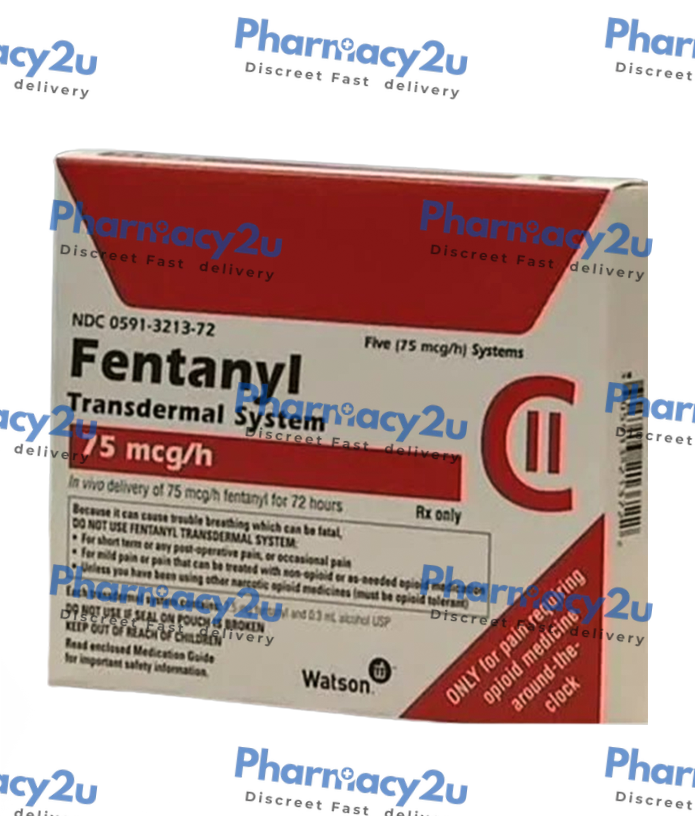
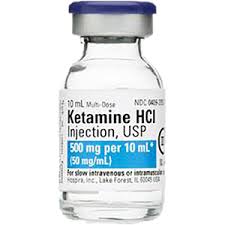
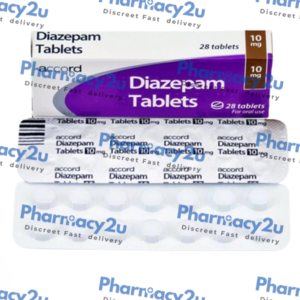
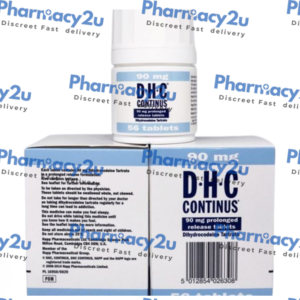
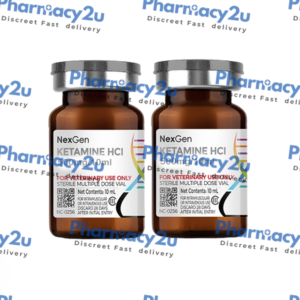
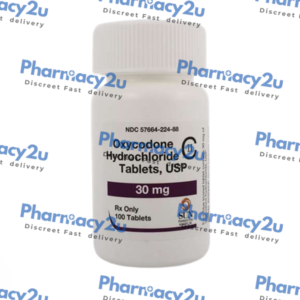
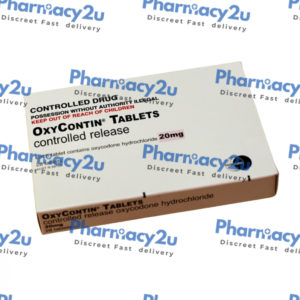
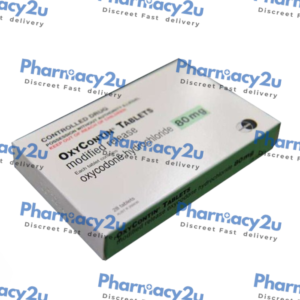
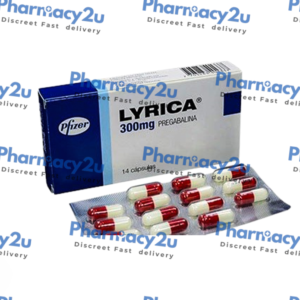
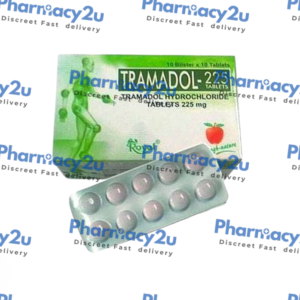
Reviews
There are no reviews yet.